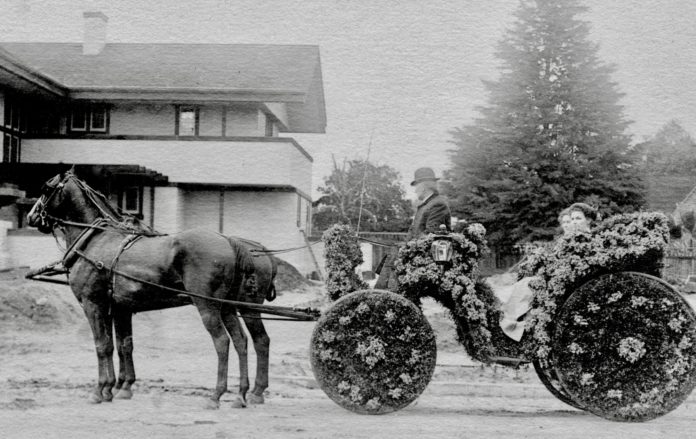
Now that the holidays are over, we have time to reflect and ask ourselves the biggest question of all. Why parade downtown with roses on horse-drawn carriages, and later, dress-up motorized vehicles with incredible floral and seed arrangements?
Answer: Because, we can. Or, better put, because they can’t!
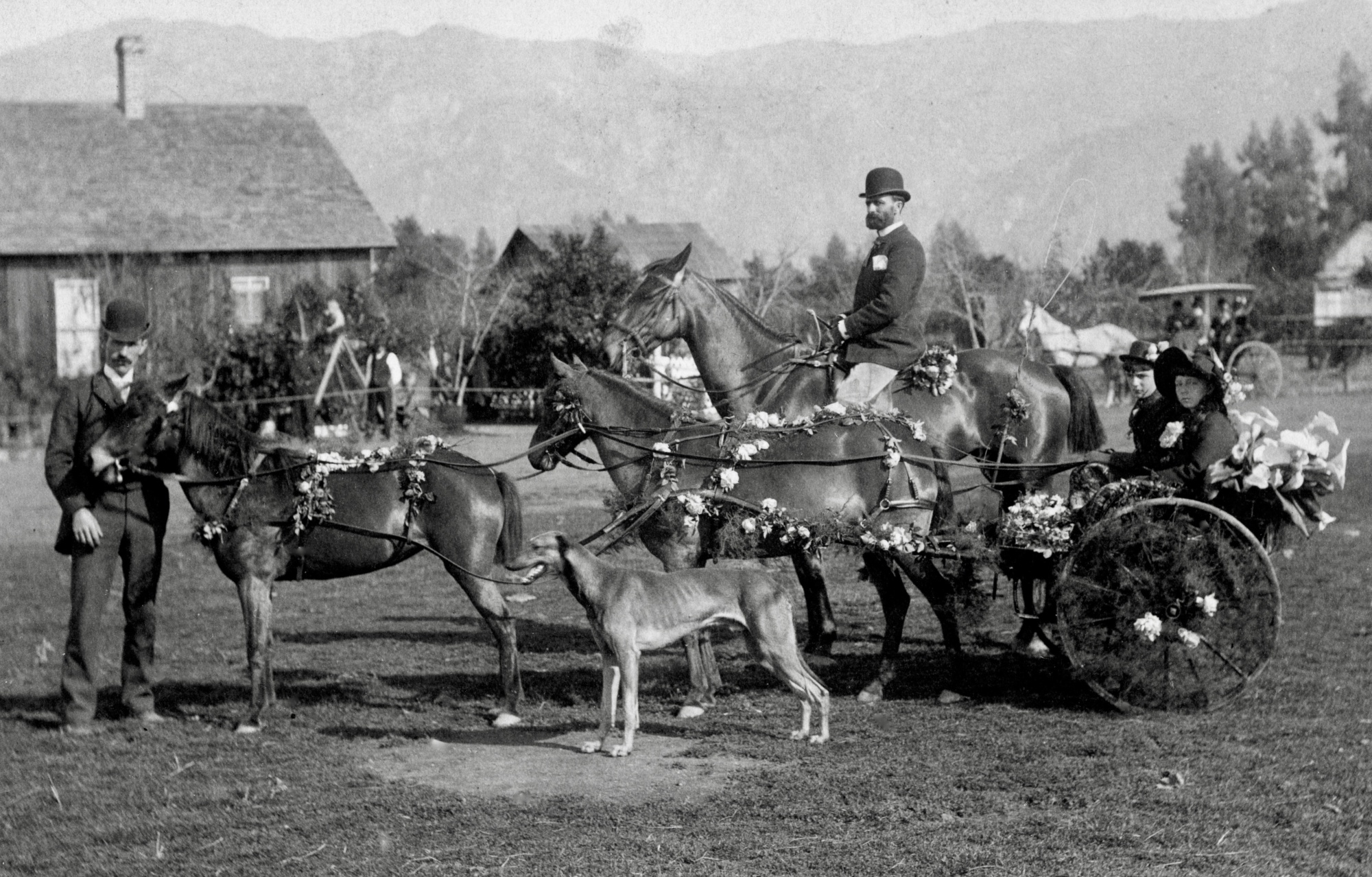
In 1889, Professor C. F. Holder addressed his fellow Valley Hunt Club members: “In New York, people are buried in snow. Here our flowers are blooming and our oranges are about to bear. Let’s have a festival and tell the world about our paradise.” Dr. Francis F. Rowland (pictured above) agreed with the idea and offered the name The Battle of Roses for the new festival.
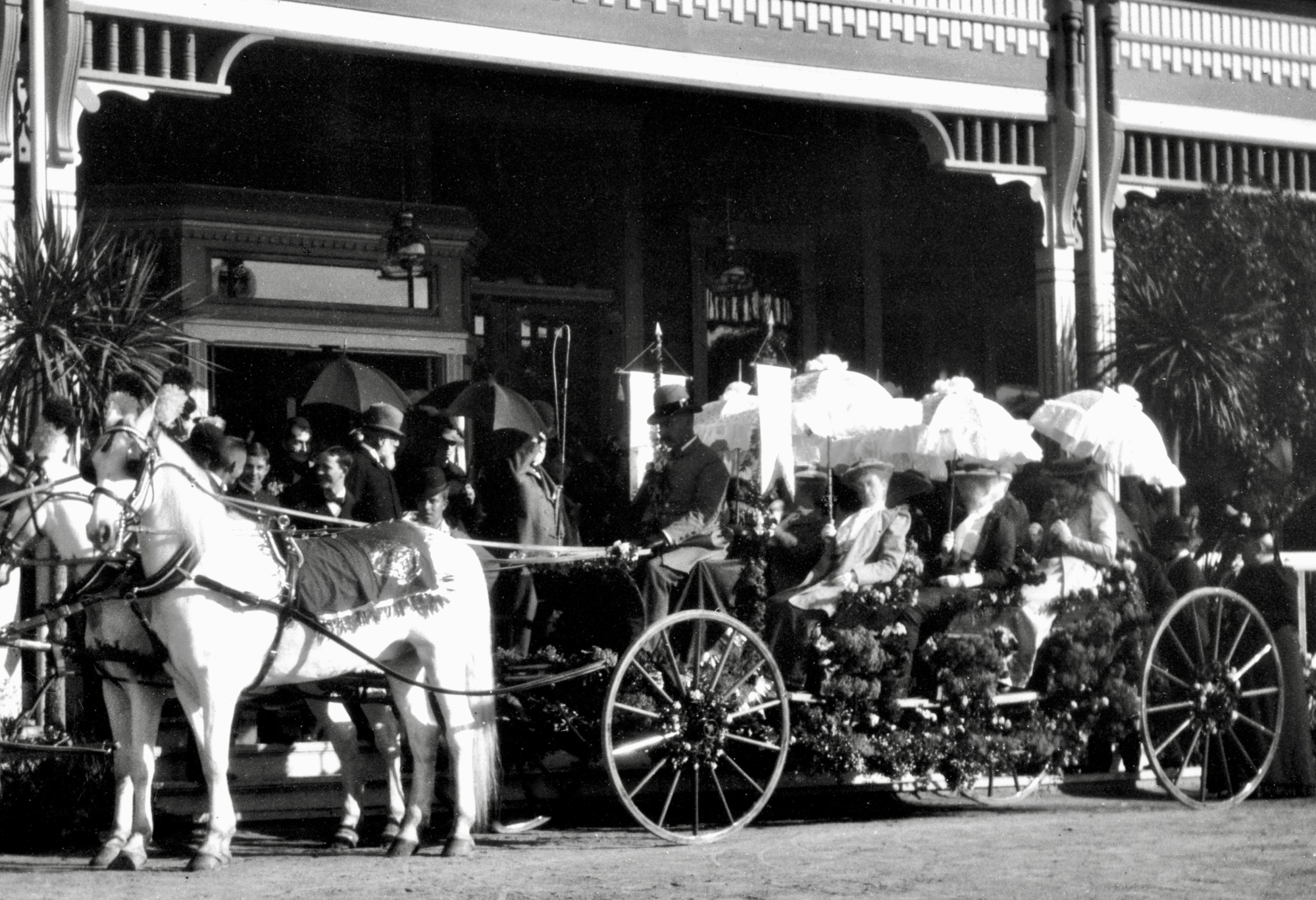
On January 1st 1890 the festival was a resounding success with over half the Pasadena’s 4,882 residents attending. The following year the tournament event was renamed Tournament of Roses.
For a time, South Pasadena had three floats in the Rose Parade: The Raymond, Cawston Ostrich Farm, and City of South Pasadena.
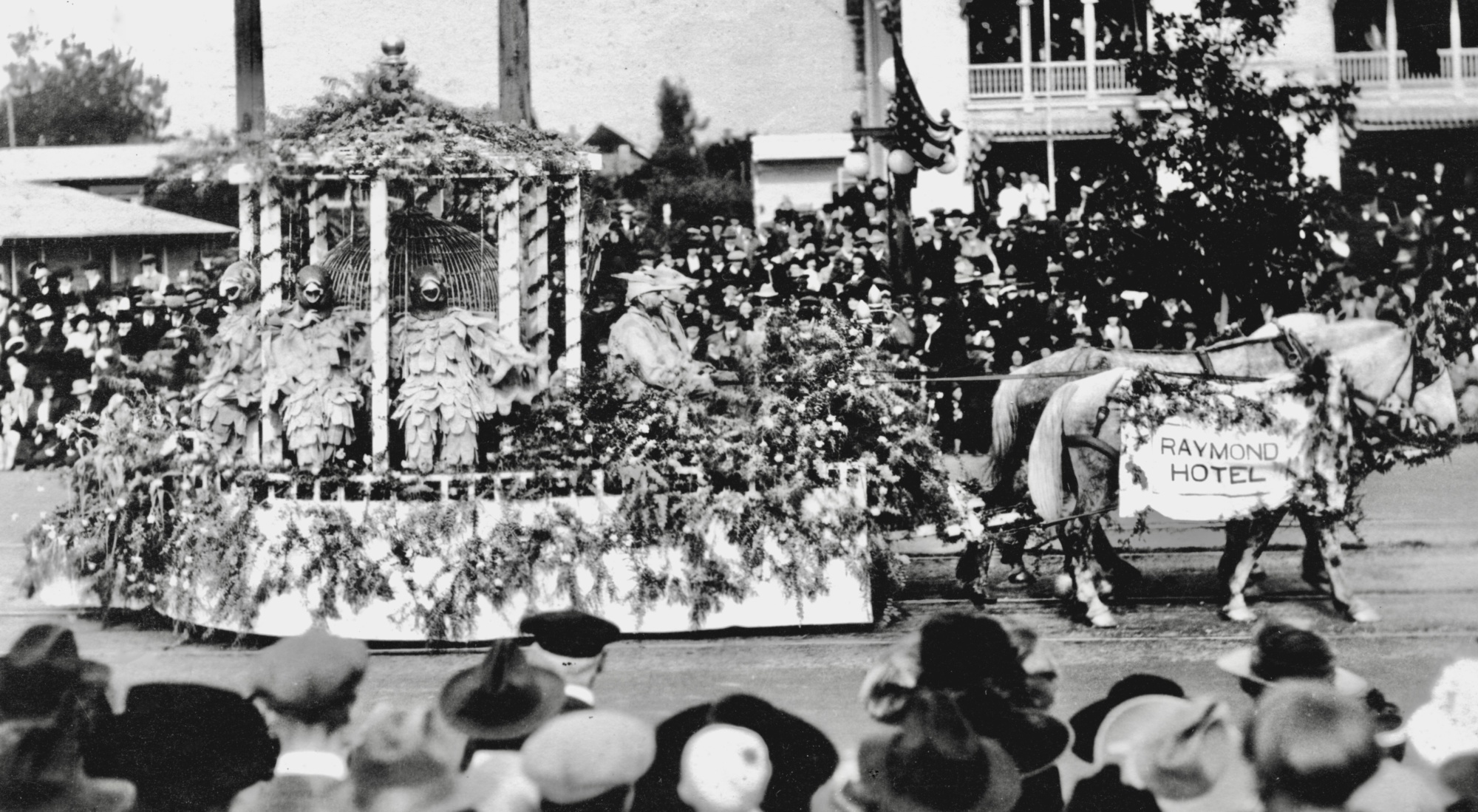
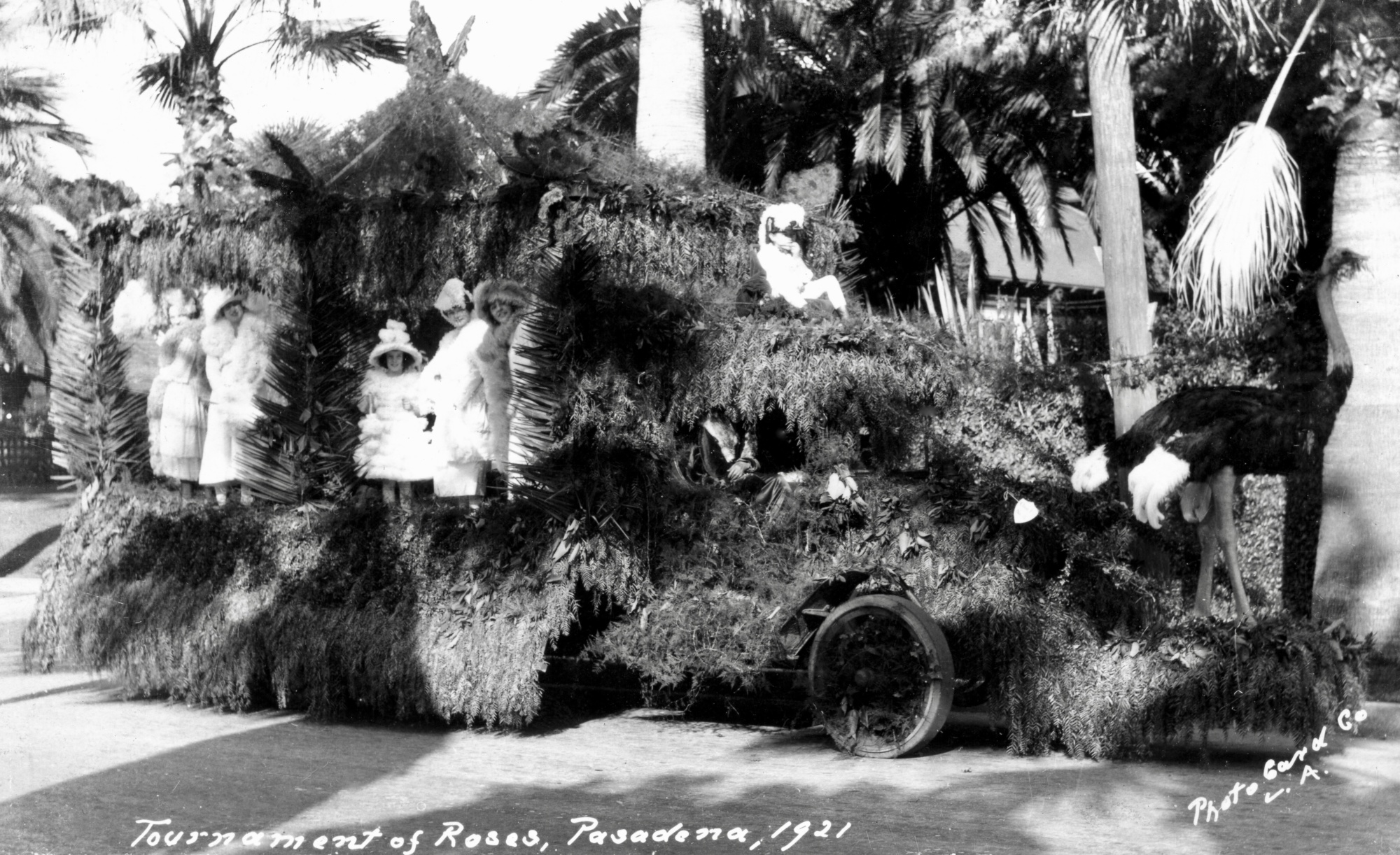
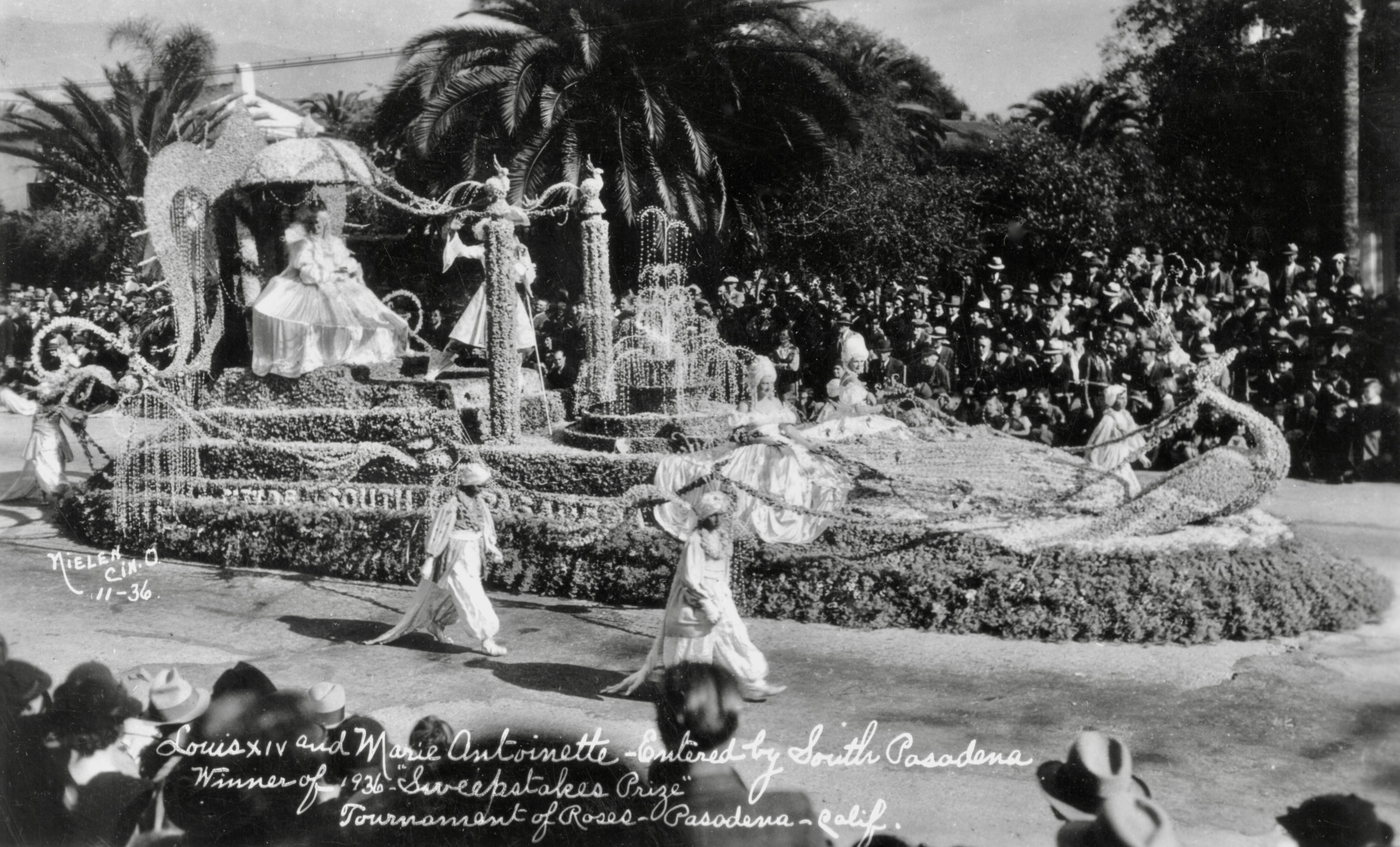
And to this day, the Rose Parade and Rose Bowl Game are the grandest in-your-face events of the year.
Throwback Thursday is written and produced by Rick Thomas















.png)






